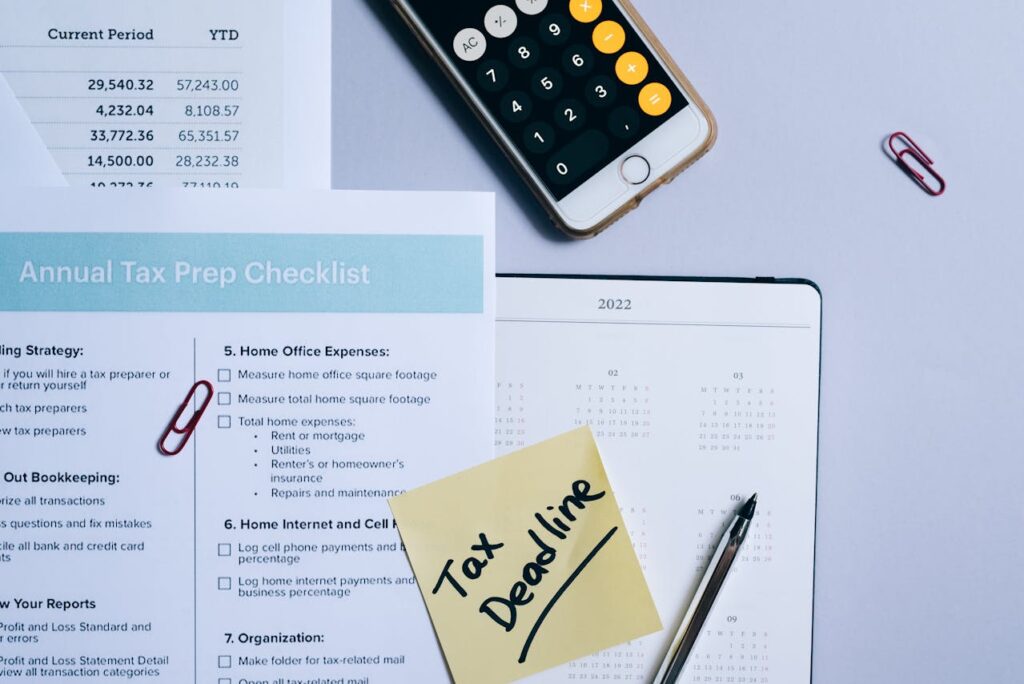Physical Address
304 North Cardinal St.
Dorchester Center, MA 02124
Physical Address
304 North Cardinal St.
Dorchester Center, MA 02124

Let’s be real: budgeting isn’t always the most exciting topic. But here’s the thing—if you want to take control of your finances and reduce stress about money, creating a budget is non-negotiable.
Whether you’re new to budgeting or have tried it before and didn’t stick with it, don’t worry—you’re not alone. In this beginner’s guide, I’m going to walk you through creating a budget that works for you, without all the overwhelm.
We’re going to break it down step by step, with actionable tips that will make budgeting feel less like a chore and more like an empowering tool to help you reach your financial goals. Ready to get started? Let’s go!

Before we dive into the “how,” let’s quickly cover the basics. A budget is simply a plan for how you allocate your money. It helps you figure out where your money is going, so you can make smarter decisions about spending and saving.
Think of it as a roadmap for your finances. Without it, you might feel like you’re just drifting, hoping you don’t run out of cash before the month is over.
Having a budget can help you:
Now that we know why budgeting is essential, let’s get to the fun part: actually setting up a budget that works for you.
The first thing you need to do is get all your financial info in one place. This is the foundation of your budget. Here’s what you’ll need:
Tip: Don’t forget to track any irregular income or expenses, such as tax refunds, bonuses, or quarterly bills like insurance premiums. It’s all about getting a clear, complete picture of your financial situation.
There are several budgeting methods out there, and it’s important to choose one that fits your lifestyle. Here are a few popular ones to consider:
The 50/30/20 budget rule is one of the easiest budgeting methods for beginners. You divide your income into three categories:
With this method, every dollar you earn gets assigned a job. The idea is to give every dollar a purpose, so at the end of the month, your income minus expenses equals zero. This doesn’t mean you’re spending it all; it’s just being allocated to savings, debt, or other categories.
This method works best for people who have trouble controlling their spending. You withdraw cash for specific categories (like groceries, dining out, etc.) and put it in envelopes. When the cash is gone, you can’t spend any more in that category.
If saving is your top priority, this method involves setting aside a portion of your income for savings before anything else. Once that’s done, you can use the rest for your expenses.
Each of these methods has its pros and cons, so think about which one makes the most sense for you. If you’re unsure, start with something simple like the 50/30/20 Rule, and tweak it as you go.

Now that you’ve chosen your method, it’s time to get real about where your money is going. Tracking your expenses is one of the most important parts of creating a budget that works. You can use a few different tools to track your expenses:
Tip: Start by tracking your spending for at least a month to get an accurate idea of where your money goes. It can be eye-opening to see how small purchases add up.
Budgeting isn’t just about tracking your money; it’s about being intentional with your finances. Setting goals gives you something to work toward, whether that’s paying off debt, building an emergency fund, or saving for a big purchase.
Start by setting short-term goals (things you want to accomplish in the next 3–6 months) and long-term goals (goals that will take more than a year, like saving for retirement or buying a house). Break these down into smaller, achievable steps.
For example:
Tip: Make your goals S.M.A.R.T. (Specific, Measurable, Achievable, Relevant, Time-bound). This makes it easier to track your progress and stay motivated.
Life happens, and your budget will need to be flexible. If you find you’re consistently overspending in one area, like eating out or shopping, it’s time to make adjustments.
The goal isn’t to make your budget so strict that it’s impossible to follow, but to find a balance that works for your lifestyle.
For example, if you’re spending too much on entertainment, try cooking at home more often or exploring free activities, like hiking or visiting museums. If you find you’re not saving enough, try cutting back on some non-essential expenses and increasing your savings rate.
Tip: Revisit your budget every month to see if your goals and spending habits are on track. Don’t be afraid to tweak things if something isn’t working.
One of the best ways to stick to your budget is to automate as much as possible. Set up automatic transfers to your savings account, schedule bill payments, and even set up automatic contributions to retirement accounts. This will help you stay consistent without having to think about it every month.
Tip: Automation takes the guesswork out of saving and paying bills, helping you stay on track with your financial goals.
The most important part of budgeting is sticking with it. It can be tempting to skip a month or let little things slide, but consistency is key. Even if you miss a week or month, don’t get discouraged—just jump back in as soon as you can. The more consistent you are, the more successful your budget will be.
Tip: Hold yourself accountable by checking in on your goals regularly. Find a budgeting buddy or partner who can help keep you on track.
Creating a budget that works doesn’t have to be overwhelming or complicated. By following these steps and staying consistent, you can take control of your finances, reach your financial goals, and feel more confident about your money.
Remember, it’s all about progress, not perfection. Don’t worry if things don’t go perfectly at first—it’s normal to make adjustments along the way. The key is to keep going and stay committed to making smart financial decisions.
So grab that pen, open up that app, and get started on your budget today. You’ve got this!